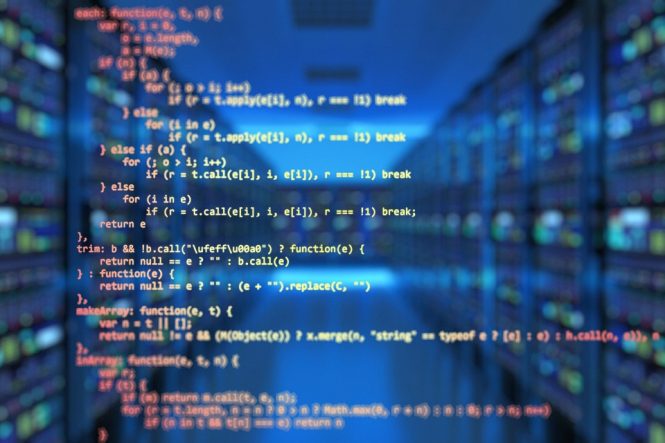
The Evolution of Technology and Programming Languages
In the rapidly changing world of technology, programming languages play a vital role in shaping the future of computing. From the early days of computer science to the present, programming languages have undergone significant transformations, driving innovation and advancement in various fields. In this article, we will delve into the history of technology and programming languages, discussing their evolution, current trends, and future prospects.
A Brief History of Programming Languages
The first programming language, Plankalkül, was developed in the 1940s by German mathematician and computer scientist Konrad Zuse. However, it was not until the 1950s that the first high-level programming language, Fortran, was created. Fortran, short for Formula Translation, was designed for scientific and engineering applications and paved the way for the development of subsequent programming languages.
The 1960s saw the emergence of programming languages such as COBOL, Lisp, and C. COBOL, designed for business applications, became one of the most widely used programming languages of its time. Lisp, a language based on recursive prefix notation, is still used today in artificial intelligence and computer science research. C, developed by Dennis Ritchie, is a general-purpose programming language that remains popular among programmers due to its efficiency and flexibility.
The Rise of Modern Programming Languages
The 1980s and 1990s witnessed the creation of modern programming languages such as C++, Java, and Python. C++, an extension of the C programming language, introduced object-oriented programming (OOP) concepts, which revolutionized software development. Java, designed by Sun Microsystems (now owned by Oracle), is a platform-independent language that has become a staple in enterprise software development. Python, created by Guido van Rossum, is a versatile language known for its simplicity, readability, and large community of developers.
Current Trends in Programming Languages
Today, programming languages continue to evolve, with new languages and frameworks emerging to address the needs of modern software development. Some of the current trends in programming languages include:
- Cloud Computing: The rise of cloud computing has led to the development of languages such as Go, designed by Google, and Rust, which focus on concurrency, parallelism, and scalability.
- Artificial Intelligence and Machine Learning: Languages like Python, R, and Julia are popular in AI and ML development, due to their extensive libraries and frameworks for data analysis and modeling.
- Web Development: JavaScript, HTML/CSS, and frameworks like React, Angular, and Vue.js dominate the web development landscape, enabling the creation of dynamic, responsive, and interactive web applications.
- Mobile App Development: Languages like Java, Swift, and Kotlin are used for developing mobile apps, with frameworks like React Native and Flutter gaining popularity.
Future Prospects
As technology continues to advance, programming languages will play a crucial role in shaping the future of computing. Some potential trends and developments on the horizon include:
- Quantum Computing: The emergence of quantum computing will require new programming languages and frameworks to harness the power of quantum processors.
- Internet of Things (IoT): As IoT devices become increasingly prevalent, languages like C, C++, and Python will continue to be used for developing embedded systems and IoT applications.
- Cybersecurity: The growing need for secure software development will lead to increased focus on languages and frameworks that prioritize security, such as Rust and Haskell.
- Augmented Reality and Virtual Reality: The development of AR and VR applications will require languages and frameworks that can handle complex graphics, physics, and user interactions.
In conclusion, the evolution of technology and programming languages has been a remarkable journey, with significant advancements in the past few decades. As we look to the future, it is clear that programming languages will continue to play a vital role in shaping the world of technology, driving innovation, and enabling the creation of new and exciting applications. Whether you are a seasoned programmer or just starting out, understanding the history, current trends, and future prospects of programming languages is essential for staying ahead in the ever-changing landscape of technology.